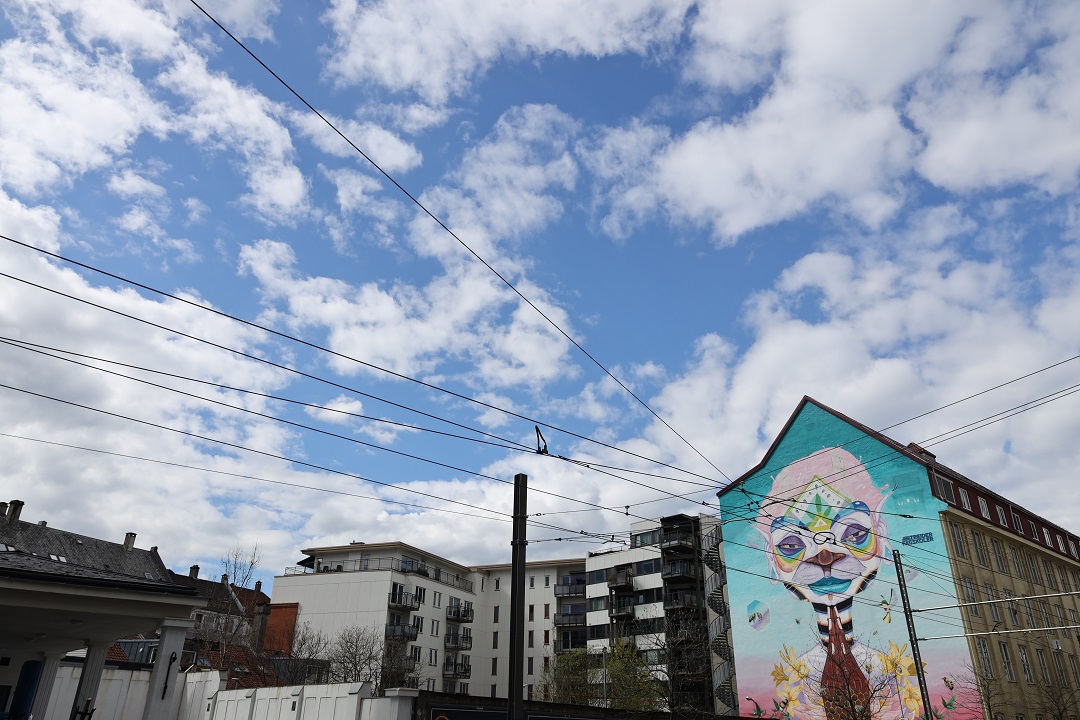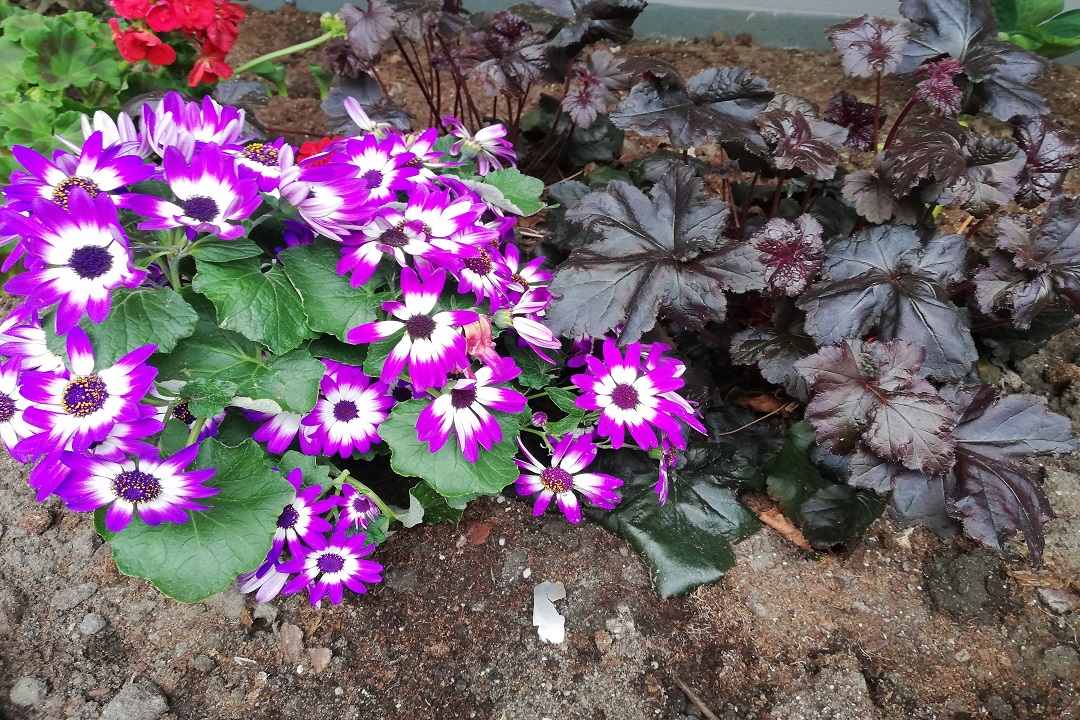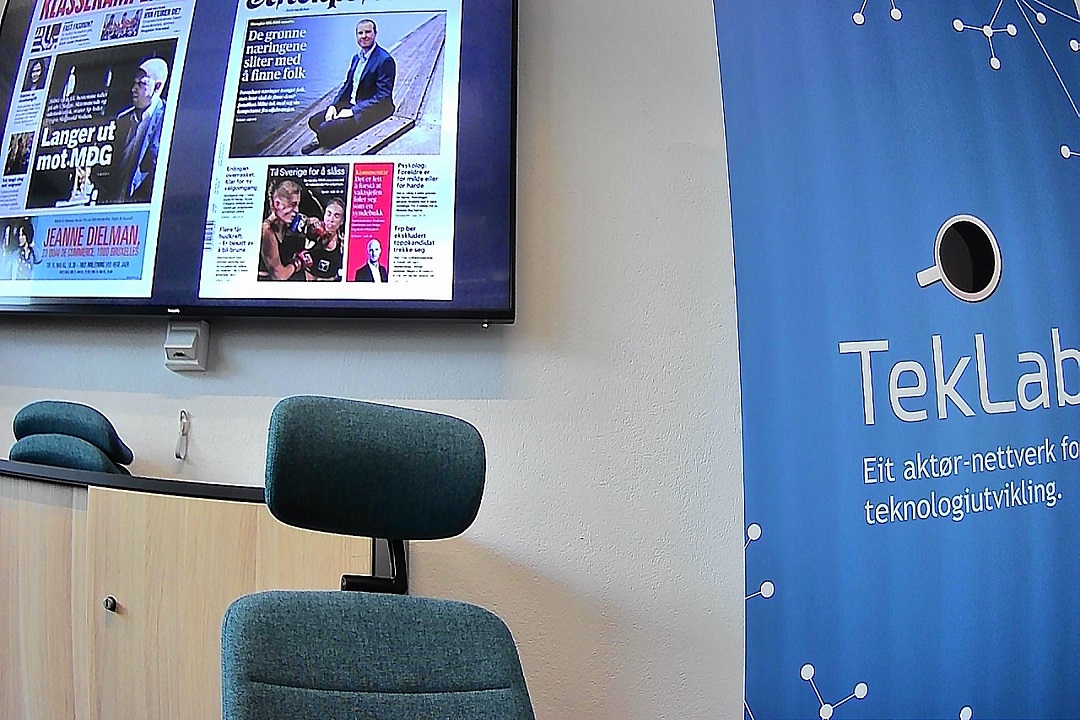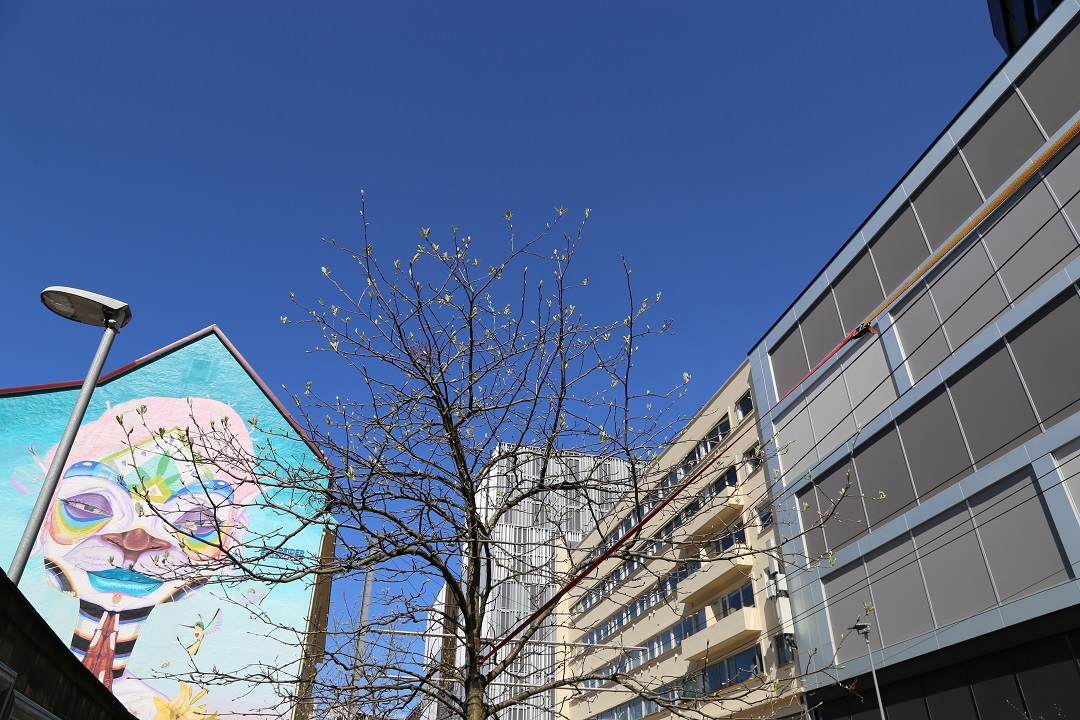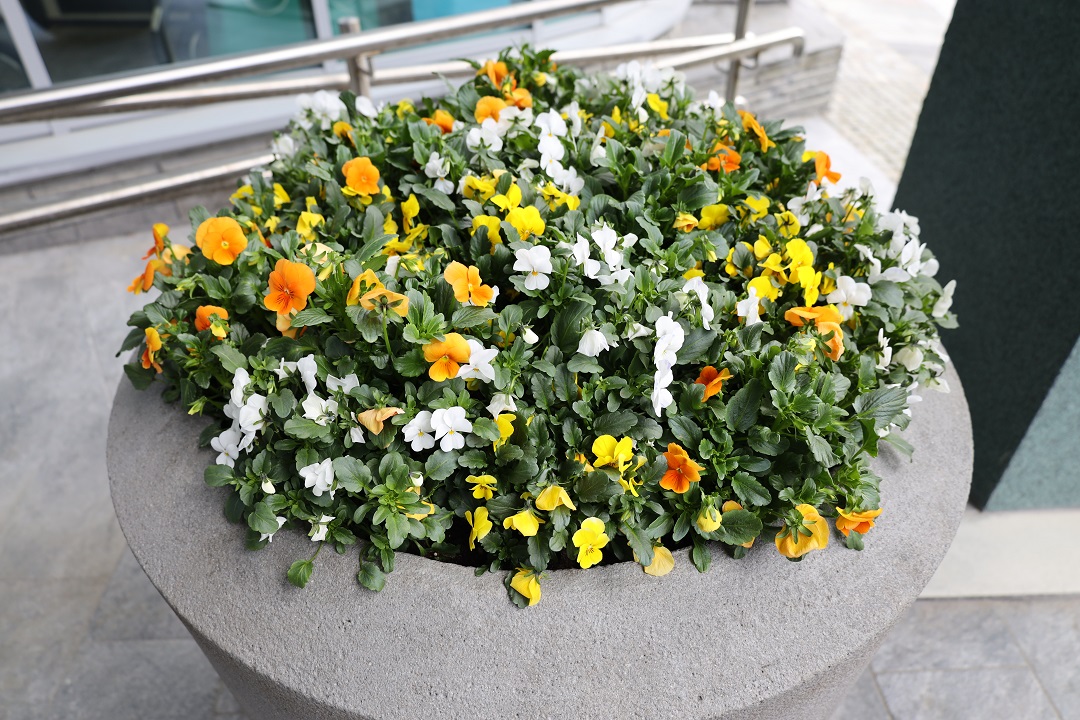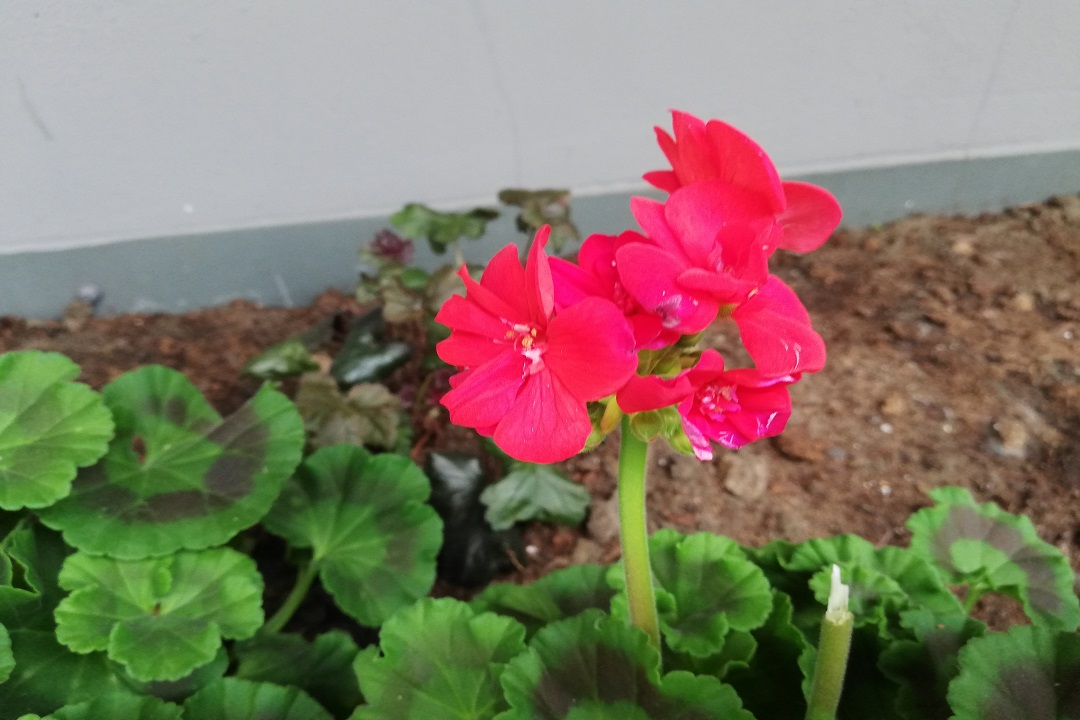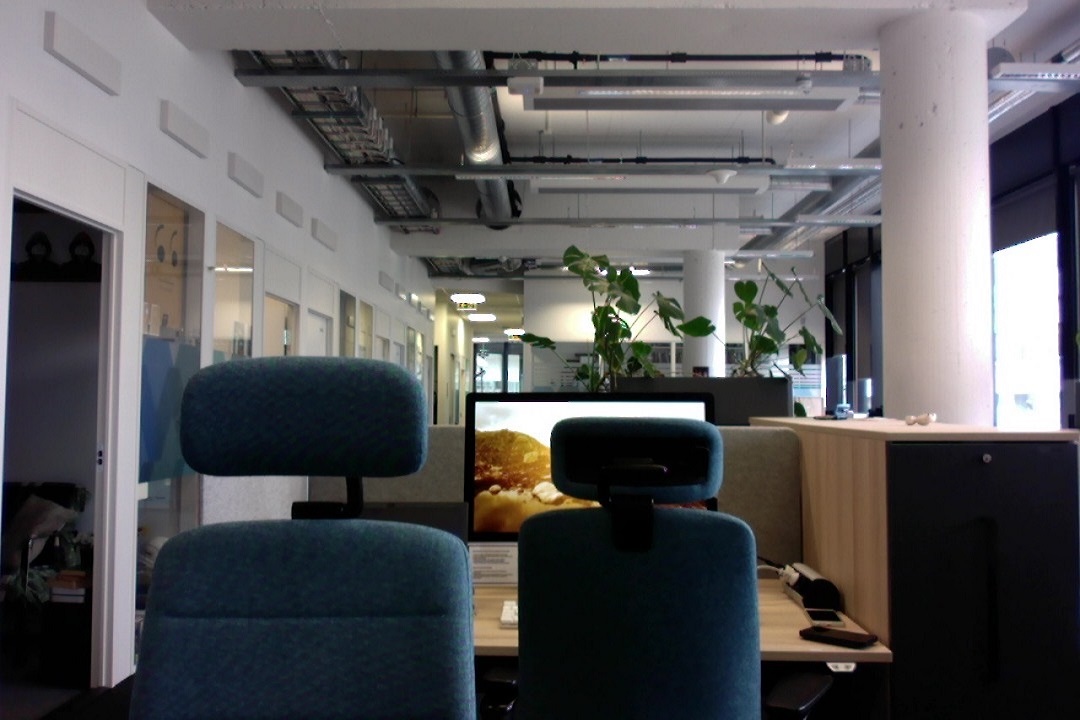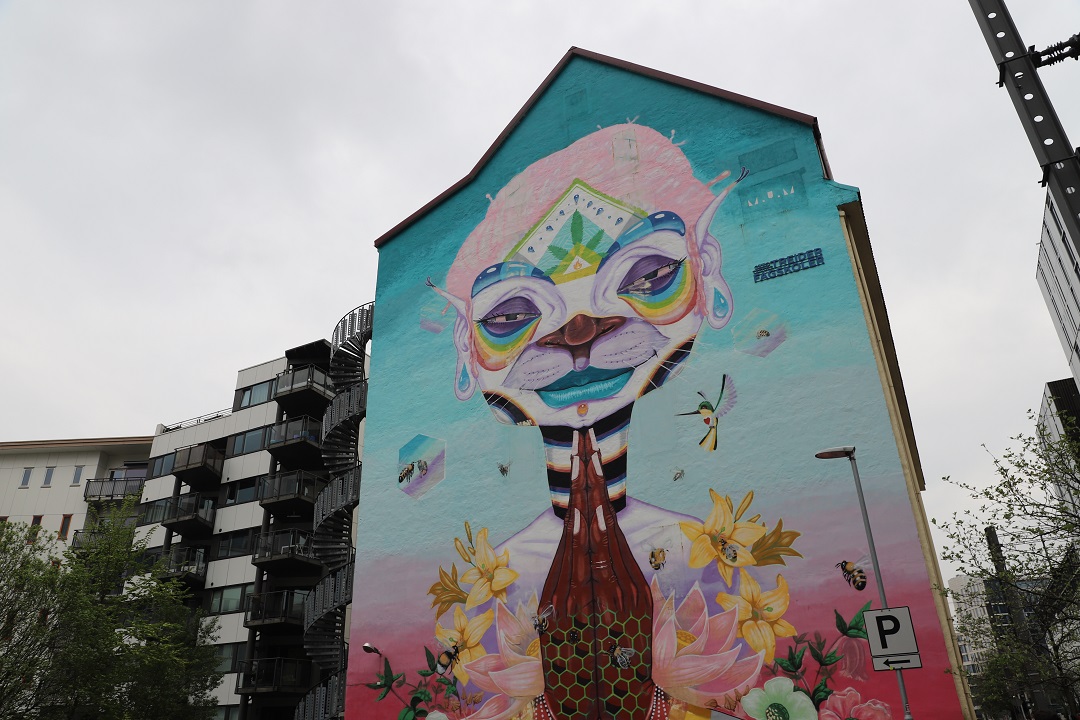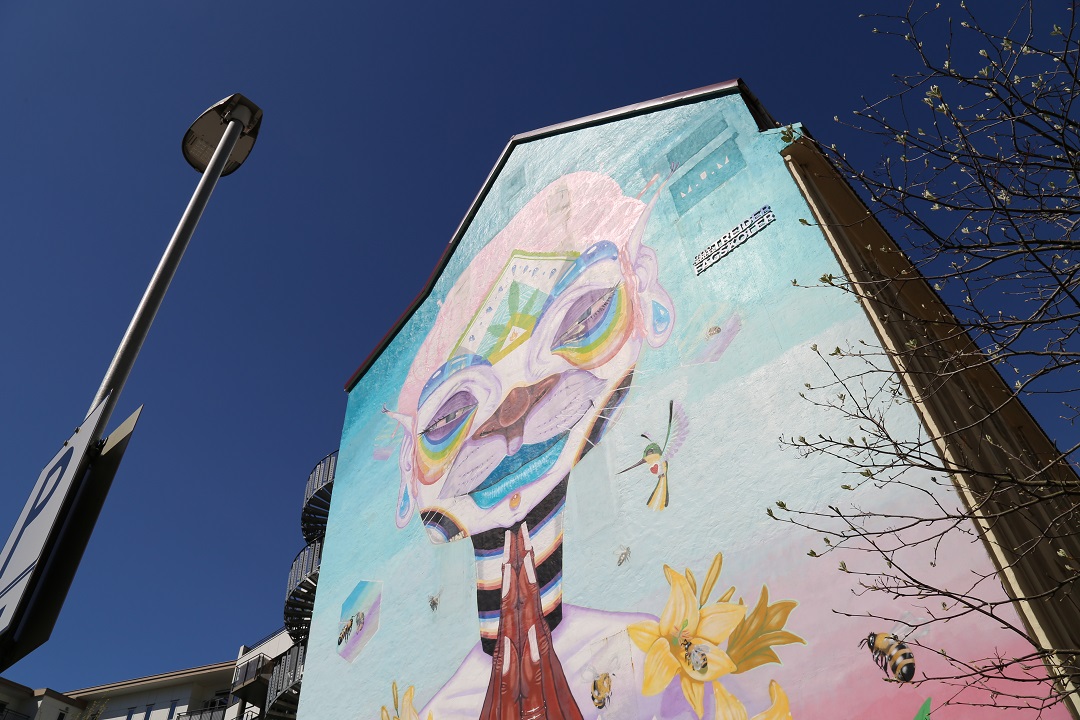DivNoise
Identifying the acquisition source of media data is one of the most widely studied problems in multimedia forensics. A crucial aspect in this field is the availability of representative, diverse and up-to-date data corpora, so that the potential of existing and newly proposed techniques can be assessed in a reliable and reproducible manner. In this light, we present a novel dataset, named DivNoise, which encompasses both image and video data from a wide range of device cameras and collected in different environmental conditions. In particular, differently from existing databases, the dataset also includes data acquired from frontal cameras of mobile devices (smartphones and tablets) and from webcams, which are increasingly used tools to enable remote video communications in many application scenarios. The dataset is made publicly available to the research community, with the goal of supporting the development of novel source identification techniques. We perform an experimental evaluation on the DivNoise dataset through state-of-the-art algorithms, thus exposing preliminary yet intriguing empirical insights.

